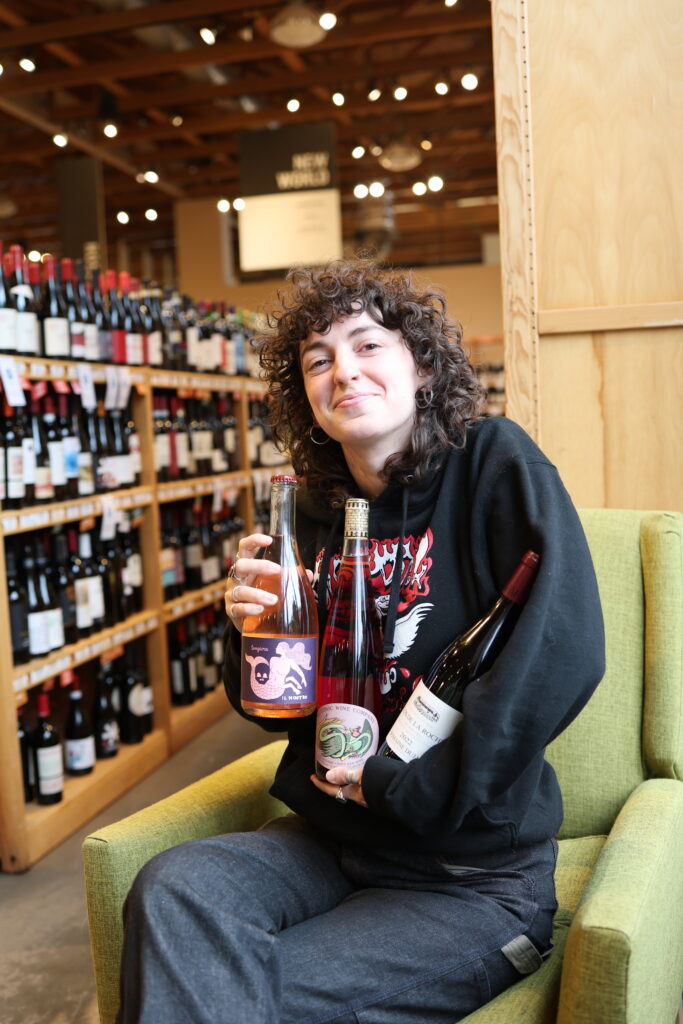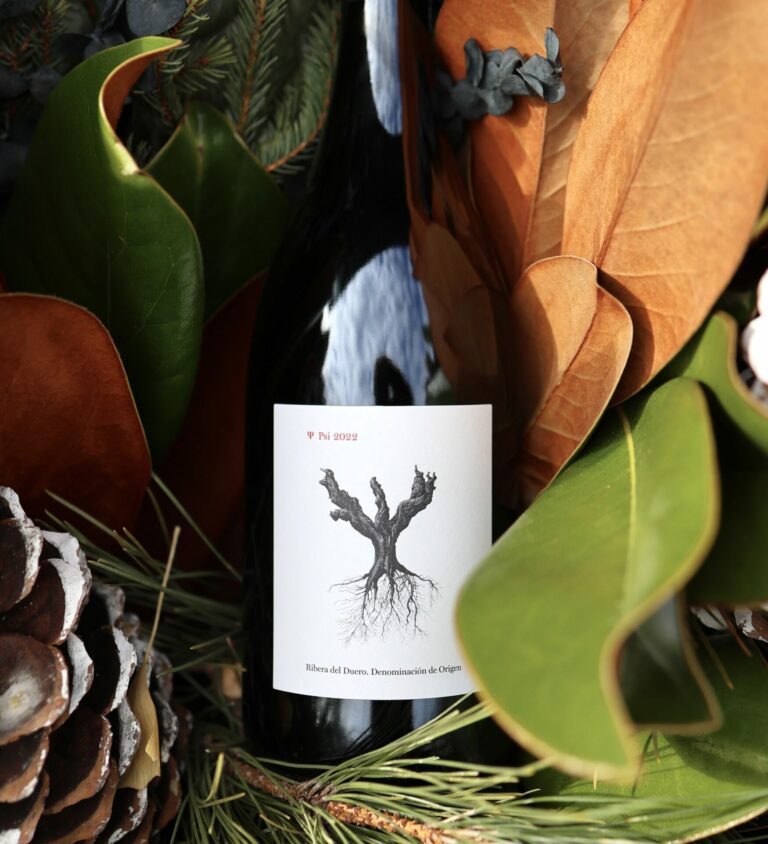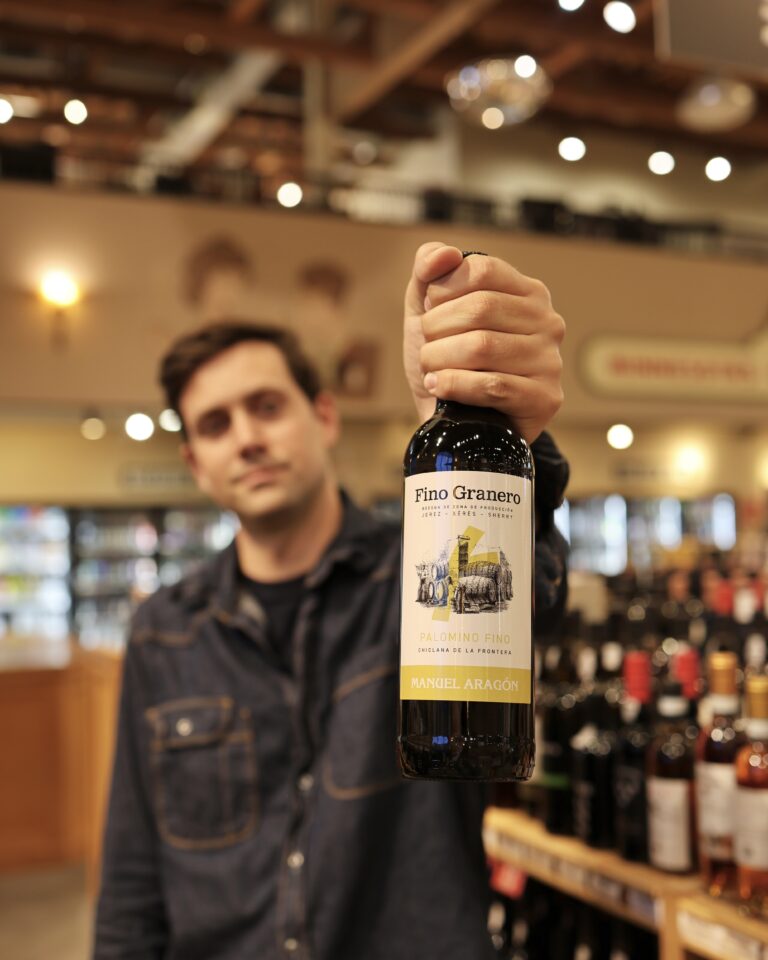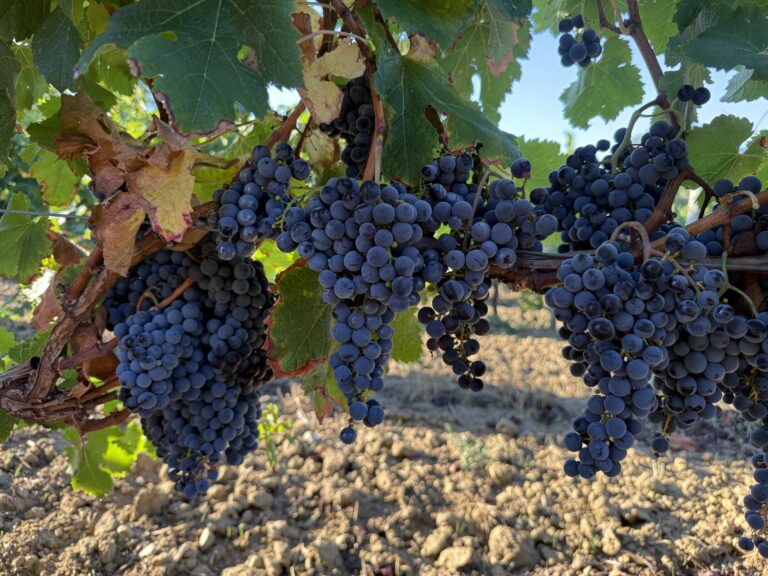The veil is thin and I am listening to haunting ballads, and pairing them with wine for your enjoyment this Hallows’ Eve.
To begin, some loose definitions: a ballad, is generally a song to tell a story, often a story with a lesson. Many of the old ones don’t have an author and have been kept alive by oral traditions for centuries. The ones I mostly have researched come from Scottish/English/Irish traditions, and their counterparts when the songs traveled across the Atlantic and had new lives and traditions in Appalachia and Newfoundland. Murder Ballads, a sub-genre, tell the story of murders. Sometimes folklore with fairies and ghosts and curses, sometimes tales of real murders (with shifting accuracy), these songs come in all flavors. Here are three classic ballads that I love, paired with wine.
Little Sparrow / Come All Ye Fair and Tender Maidens
This ballad comes from Appalachia in the early 1900’s, Jean Richie, whose early recording of it is renowned, calls it “one of the incomparable love songs of all time”. There are numerous different versions each with slightly different lyrics, and many other songs borrowing lines from this one.
The story is simple, but resonates enough for people to sing it again and again over a hundred years: a warning against love and loss. Our narrator regrets her courtship, wishes she had locked her heart away and not fallen in love, and wishes she was a sparrow and could fly away. She is not a sparrow, can not fly, and must stay with her broken heart.
Wyndham Baird sings my favorite version of this song, and Dolly Parton has a great version too, but also check out the versions sung by Jean Richie, Peggy Seeger, Emmylou Harris, and a whole list of others. A related ballad, Silver Dagger also features a warning against trusting the hearts of men, but this time with a sharper edge. I love Dolly’s version of that song the best.
I am pairing this ballad with Teutonic “Wild Game” Red Pinot Gris for the bright blood red of this wine and the gorgeous label showing a bird and a snake all tangled up in each other while harming the other one, like a broken heart. The notes of pomegranate in this wine also remind me of the story of Persephone and Hades, another famous heartbreaking story about love, pain, loss, and ultimately grief.
Dreadful Wind and Rain / Twa Sisters
Another classic traditional murder ballad, this one with nearly 20 variations and song names (The Cruel Sister, The Bonny Swans, The Two Sisters…) and dating back to the mid 17th century with origins in England or Scotland, but with very old Scandinavian, Hungarian, Ukrainian, and Norse variants in songs and stories as well.
In this song, two sisters are on a walk by a river when the older sister pushes the younger sister in the water to kill her, jealous that the boy she likes loves her younger sister instead of her. The drowned girl floats down the river until she is pulled out of the water by a miller and her bones are turned into a fiddle with her hair used as the fiddle strings. The fiddle then plays and tells the story of the murder.
I illustrated this song in a scrolling story to accompany my mom’s performance of it but also Jerry Garcia and David Grisman have a great version of it, as do Gillian Welch & David Rawlings.
If I were to pair this song with wine, as I am here to do, it would be a Il Mostro Longana Rosato. The name alone, il mostro / the monster, speaks to the gruesome nature of this song, but also the mer-creature on the bottle, and the pet-nat funkiness of the wine remind me of the gritty and supernatural feelings of this ballad.
Down in the Willow Garden
Down in the Willow Garden is a ballad with origins in Ireland, but a deep established history in Appalachia. Also frequently called Rose Connelly and sharing lyrics and themes with many other ballads.
This one is a pretty straightforward murder ballad in first-person, where our narrator is confessing to killing his sweetheart by giving her poisoned Burgundy wine, then stabbing her, and then throwing her in the river. Our narrator gives no reason for this, and seems to be in love with her, even as he’s killing her. Pretty gruesome, and also a pretty frequent theme in traditional ballad lore.
Nora Brown & Sarah Kate Morgan perform one of my favorite and most haunting versions of this song.
If I had to be murdered with a poisoned Burgundy wine, I’d like to have my last drink be an unforgettable experience with a hefty price tag. Assuming my murderer is buying the wine, I’d like it to be Domaine Dujac Clos de la Roche— with aromas of raspberries, sweet spices, orange zest and peony, and clocking in at a pretty penny, just shy of $700.
While my research on ballads is ongoing, this blog has to end somewhere, so I will leave you with wishes for a haunting Hallows’ Eve alongside these incredibly old ballads, and perhaps a bottle of wine.




